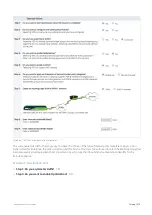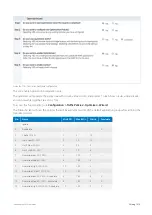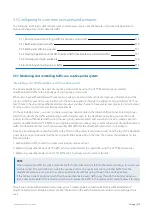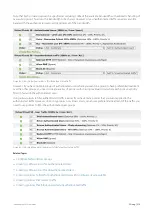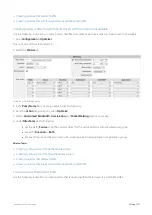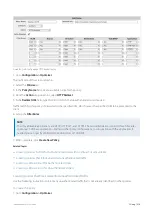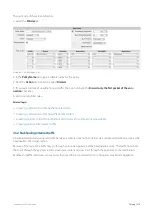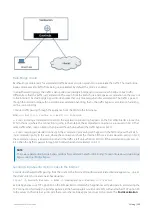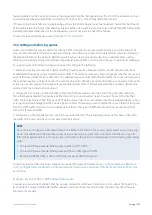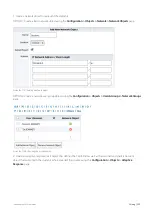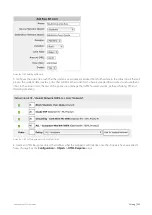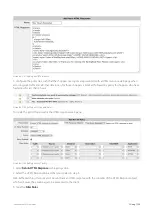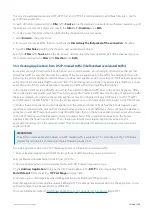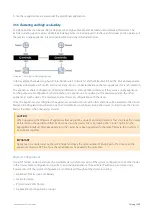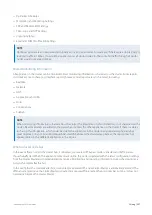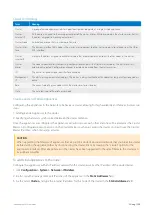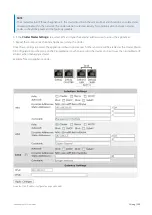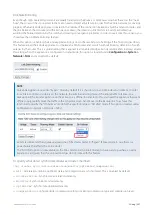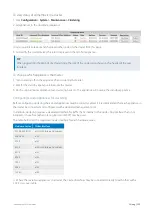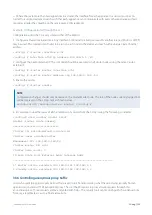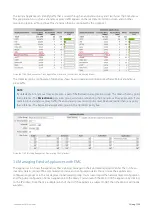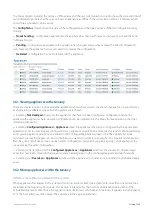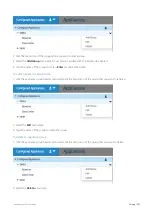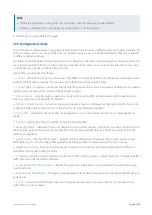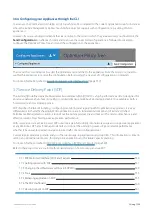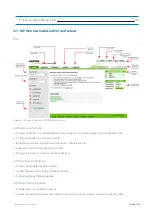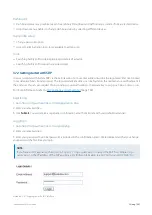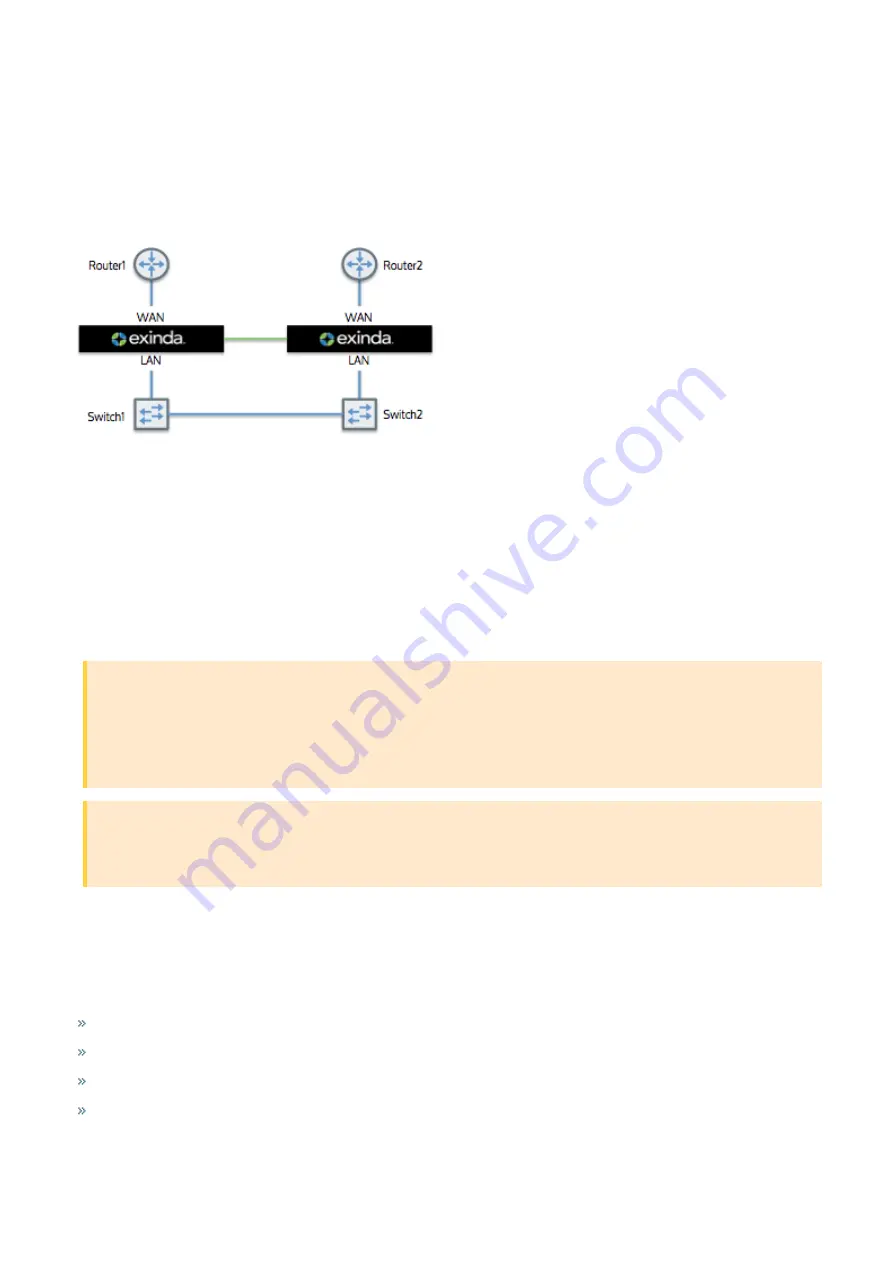
Exinda Network Orchestrator
3 Using
|
326
3.
Use these applications are you would the predefined applications.
3.5.5 Clustering and high availability
Exinda Appliances can be seamlessly deployed into high availability and load balanced network architectures. The
Exinda clustering options allows multiple Exinda Appliances to be deployed into these architectures and to operate as if
they were a single appliance. A typical deployment topology is illustrated below.
Screenshot 154: A typical clustering topology.
In this example, there are two physical links: from Router1 to Switch 1 and from Router2 to Switch2. An Exinda appliance
is deployed between each switch and router, and a cable is connected between the two appliances for synchronization.
The appliances share configuration, monitoring information, and optimizer policies, as if they were a single appliance.
For the purposes of configuration synchronization, one appliance is considered as the master appliance, the other
appliance(s) are the slaves. The master appliance shares its configuration with the slaves.
Once the appliances are configured, the appliances will auto-discover each other and one will be elected as the Cluster
Master. All configuration must be done on the Cluster Master, so when accessing the cluster, it is best to use the Cluster
Master IP address when managing a cluster.
CAUTION
When upgrading the firmware of appliances that are part of a cluster, Exinda recommends that you break the cluster
before starting the upgrade (Either by disconnecting the cluster link or by clearing the “Cluster” option for the
appropriate interface). After all appliances in the cluster have been upgraded to the same firmware, the cluster can
be put back together.
IMPORTANT
Appliances in a cluster must be the same model and have the same number of bridge pairs. The time on all the
appliances must use NTP to ensure that all appliances have exactly the same time.
Shared Configurations
As part of normal cluster operations, the Cluster Master synchronizes parts of the system configuration to all other nodes
in the cluster. Some configuration is specific to an individual appliance (for example IP addressing and licensing),
however, most of the system configuration is synchronized throughout the cluster, including:
Optimizer Policies (see note below)
Network Objects
Protocol and VLAN Objects
Applications and Application Groups
Summary of Contents for EXNV-10063
Page 369: ...Exinda Network Orchestrator 4 Settings 369 ...
Page 411: ...Exinda Network Orchestrator 4 Settings 411 Screenshot 168 P2P OverflowVirtualCircuit ...
Page 420: ...Exinda Network Orchestrator 4 Settings 420 Screenshot 175 Students OverflowVirtualCircuit ...

